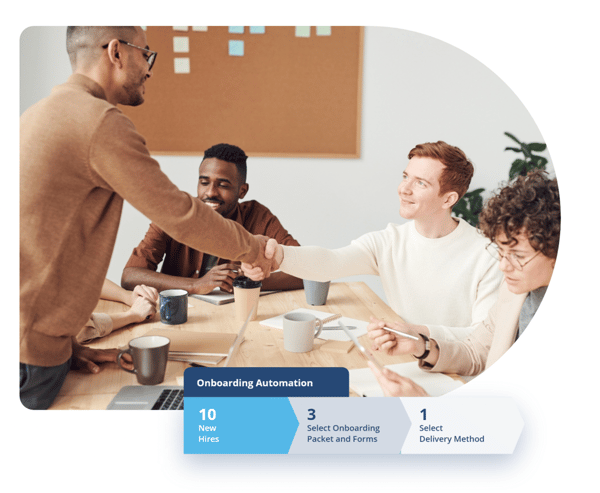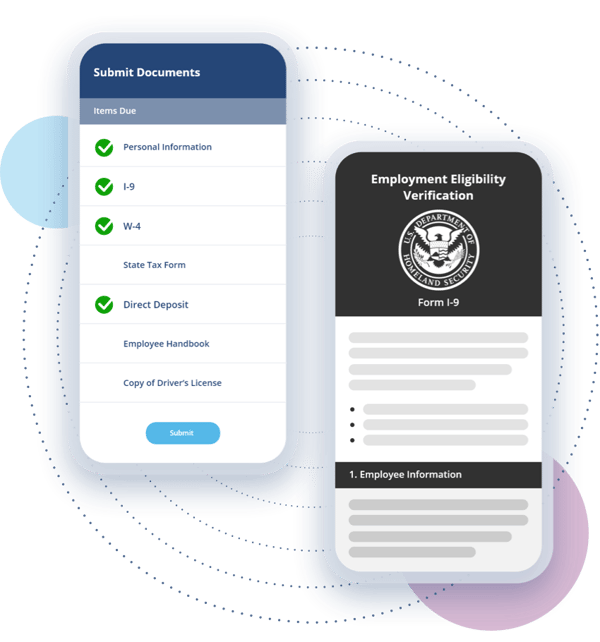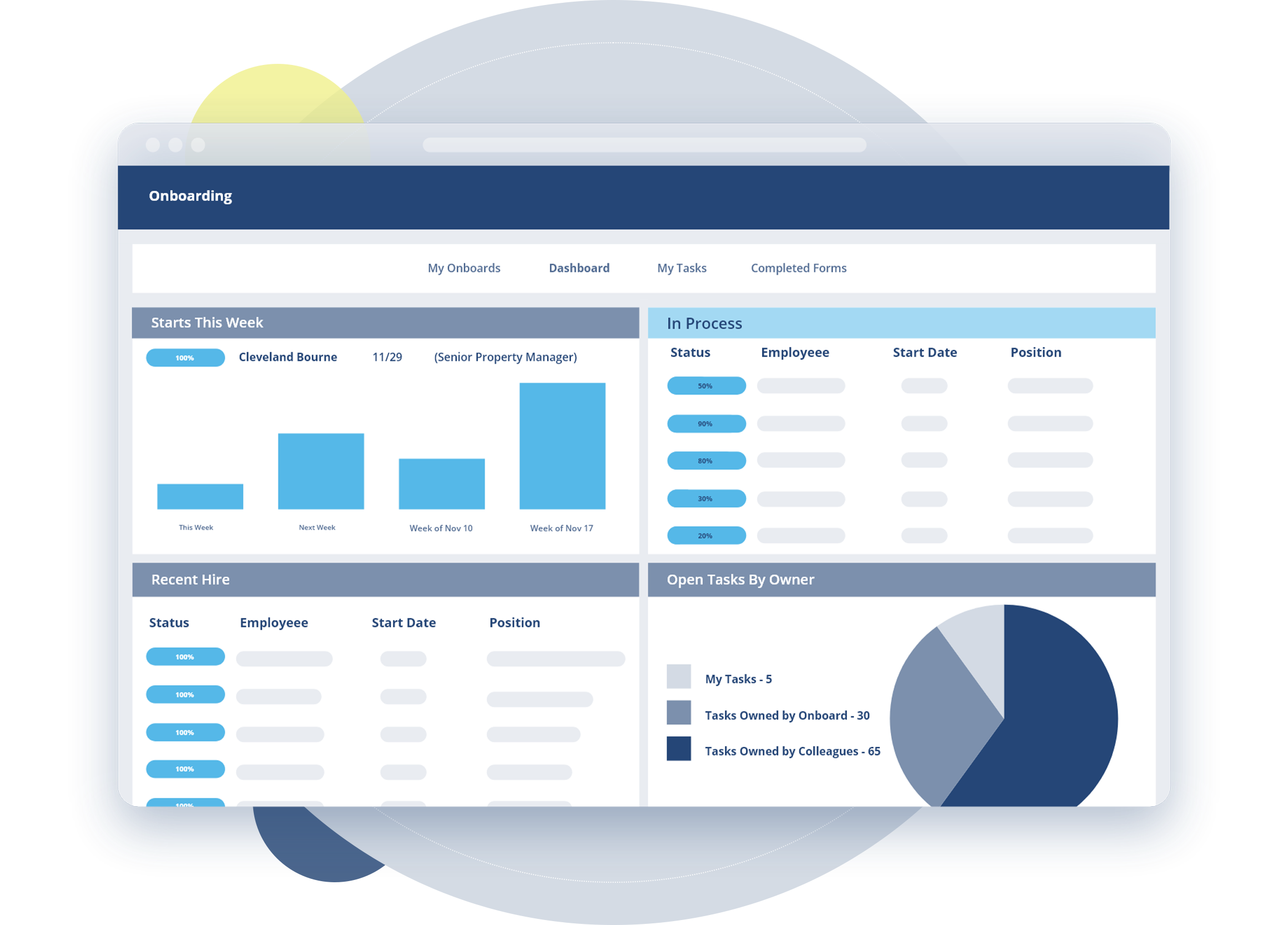The first day at a new job or in a new role at a company can be exciting and scary. Proper onboarding and training is vital to setting the employee up for success. Why? Employee goals offer several things a new hire is naturally craving:
- Clear Direction: They want to know which way to go to ensure success.
- Parameters: If you give them goals to hit and the parameters in which to hit them, they don’t have to wonder if they are meeting your expectations.
- Stability: New hires often feel as though they aren’t really working the first few weeks. By creating goalposts that measure their work and give them something to look forward to, you’ll subconsciously cement their place in the organization.
- Meaning: It’s widely known that employees want meaning. Giving them company-aligned goals helps them feel like more than a cog in the machine.
In order to engage your new hires, consider taking a goal-centric approach. By aligning new employees' goals with existing company objectives, you ensure that everyone is on the right page from day one.
When establishing these goals, focus on the 4 C’s: compliance, clarification, culture, and connection.
New employee goals need Compliance
You may be asking yourself “How is compliance tied to company strategy?” While the answer isn’t blatantly obvious, compliance matters are the brass tacks of the onboarding process and should be aligned with company goals.
Whether it’s company-wide policies or legal issues, a new hire should get an overview on these items during onboarding. Spending time upfront discussing these policies and how they impact their daily work lives ensures they have the necessary foundation to hit the ground running and become an A-Player.
Compliance isn’t sexy, but it is incredibly important and teaching the new hire the ropes by ensuring their goals are compliant and safe (for them and the company) is a great managerial move.
New employee goals need Clarification
Clarification is essential to goal alignment. New employees need to understand how the role they play fits into the big picture of the organization. And every employee wants to feel like the work they do contributes to the company’s overall success. So, how do you create goals that are CLEAR? By using the SMART method for goal-setting.
How to Identify SMART Goals
-
Is the goal Specific?
-
Is the goal Measurable?
-
Is the goal Attainable?
-
Is the goal Relevant?
-
Is the goal Timely?
Contributions can be tracked with goal alignment software, making it easier to track how a new team member is progressing and fitting into the goals of the larger system.
-1.jpg?width=768&height=768&name=happy-asian-man-phone-and-smile-for-social-media-2023-03-29-22-03-23-utc%20(Medium)-1.jpg)

-1.jpg?width=768&height=768&name=older-man-with-head-phones-taking-notes-2022-03-04-01-50-07-utc%20(Medium)-1.jpg)







-jpg.jpeg)
-ATS-BuyersGuide-Elements.png?width=950&height=459&name=(LP-Mockup)-ATS-BuyersGuide-Elements.png)
.png?width=600&height=580&name=Onboarding-12%20(1).png)
